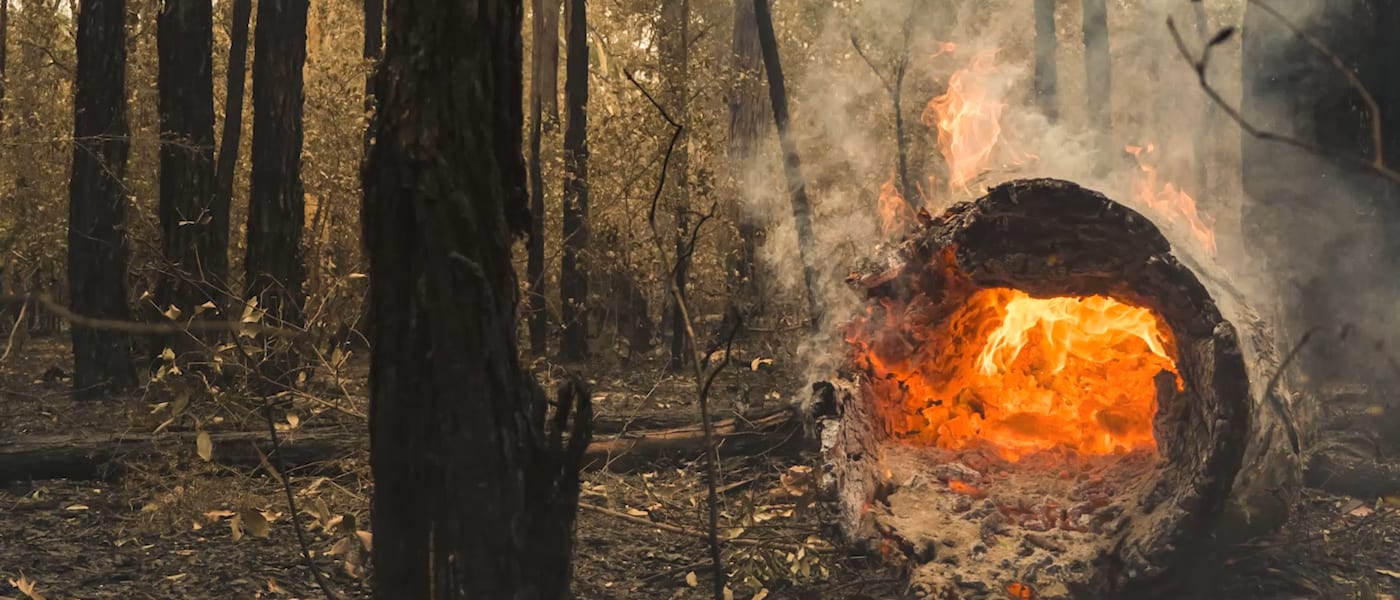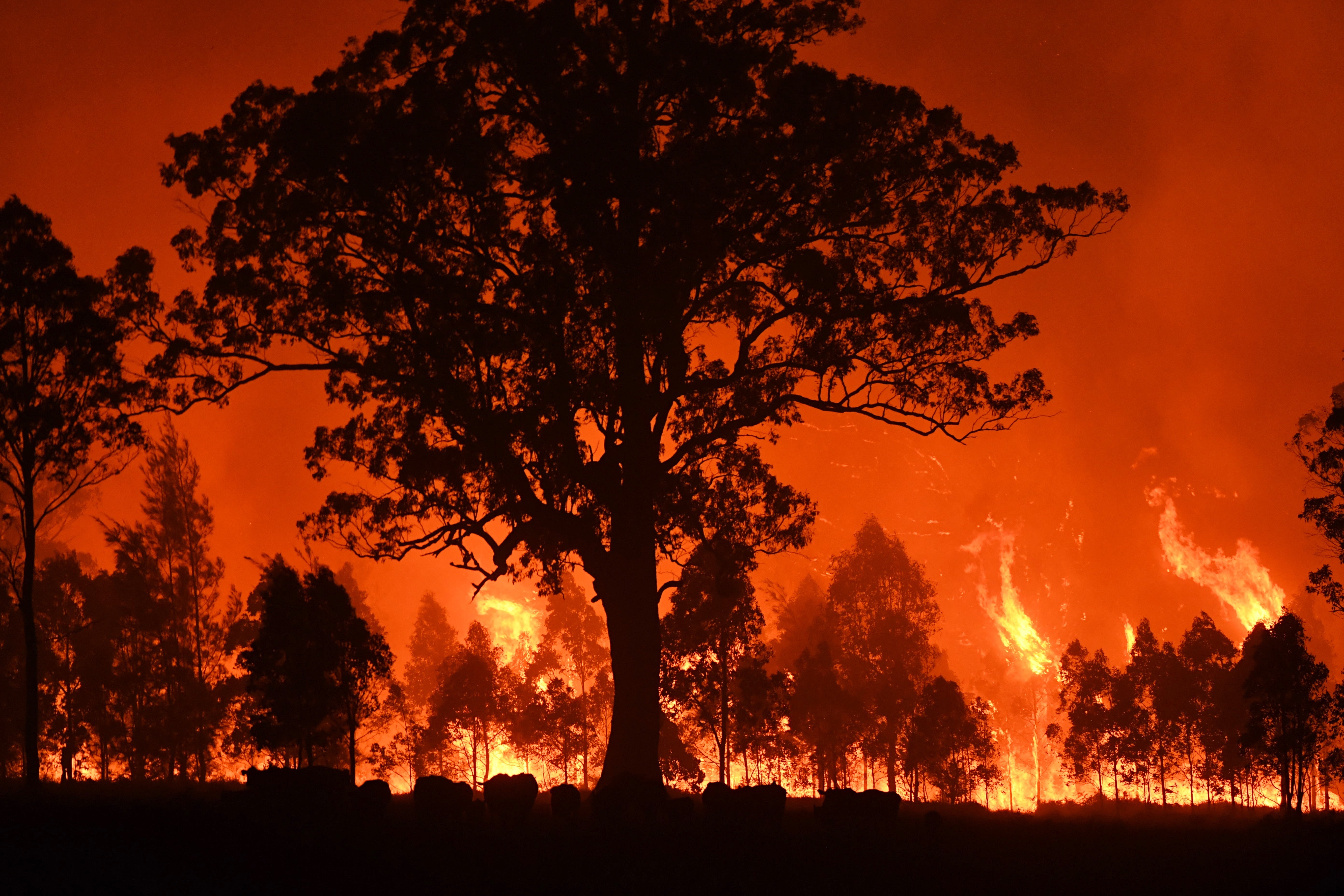Grasping Bushfire Readiness: The Function of a BAL Assessment in Risk Reduction
Grasping Bushfire Readiness: The Function of a BAL Assessment in Risk Reduction
Blog Article
Expert Advice on Bushfire Management for Improved Fire Security
In the realm of bushfire monitoring, the value of professional guidance can not be overstated. With the boosting frequency and severity of wildfires, it is essential to look for support from those skilled in the ins and outs of fire actions and mitigation strategies. From recognizing the nuances of bushfire habits to executing practical measures such as firebreaks and defensible rooms, there exists a riches of expertise that can considerably boost fire security initiatives. Nevertheless, the vital exists not just in the individual elements of fire monitoring however additionally in their cohesive assimilation right into a detailed strategy. By diving into the knowledge offered in the complying with discussion, a clearer path in the direction of strengthened fire protection can be lit up.
Comprehending Bushfire Actions
To efficiently minimize the influence and take care of of bushfires, it is essential to have a detailed understanding of bushfire actions. Bushfires are complicated all-natural sensations affected by numerous variables such as weather conditions, topography, gas load, and human tasks. Recognizing just how these elements communicate is important in anticipating the behavior of a bushfire, enabling much better planning and feedback approaches.
One key element of bushfire behavior is fire spread. By researching past fire incidents and examining fire patterns, experts can expect how a bushfire could progress under specific problems.
In addition, comprehending cinder attack, identifying, and fire whirls is essential in realizing the complete degree of bushfire behavior. Ashes can travel long ranges in advance of the fire front, igniting spot fires and presenting a significant hazard to homes. Fire whirls, on the various other hand, can develop erratic fire habits, making the fire monitoring process also much more tough. By delving right into these ins and outs of bushfire behavior, authorities can enhance their readiness and feedback capacities, eventually minimizing the effect of these damaging events.
Applying Firebreaks and Defensible Spaces
Comprehending bushfire actions is fundamental for effectively carrying out firebreaks and developing defensible spaces to boost fire defense. Firebreaks are purposefully placed gaps in greenery or other flammable materials that serve as barriers to stop the development or slow of a bushfire. These can be natural attributes like roadways or rivers, or synthetic clearings up. Keeping these firebreaks with routine clearing of debris and plants is important to guarantee their efficiency during a bushfire occasion.

Correctly executing firebreaks and defensible spaces needs careful planning, regular maintenance, and area collaboration to ensure the highest level of fire protection for buildings and lives in bushfire-prone locations.
Using Early Caution Solutions
Deploying advanced early warning systems is crucial for prompt detection and notifying of potential bushfire hazards. By using advanced modern technologies such as satellite tracking, weather sensing units, and thermal imaging, authorities can properly find and keep track of fire-prone locations ignition resources at the earliest read review stages. These systems navigate to this site can give real-time data ablaze intensity, direction, and actions, enabling prompt decision-making and quick implementation of firefighting resources to the influenced areas.
Very early warning systems likewise play an important role in signaling locals and areas about foreshadowing bushfire threats. Through automated sirens, text informs, telephone call, and social media sites notifications, people can be promptly informed regarding emptying orders, risk-free sanctuary locations, and emergency situation treatments. This proactive method not just saves lives but additionally reduces residential property damages by ensuring that people have sufficient time to leave and protect their homes.
Developing Evacuation Plans
Efficient emptying plans are necessary for making certain the safety and security of locals in bushfire-prone areas. Creating well-balanced emptying methods is vital in alleviating the dangers presented by bushfires and protecting human life. These plans ought to be comprehensive, taking into consideration various variables such as the topography of the location, the thickness of plants, and the most likely speed and direction of the fire's spread.
When developing discharge plans, it is essential to establish clear discharge courses and setting up points where locals can gather securely. These paths ought to be on a regular basis preserved to ensure ease of access during emergency situations. Furthermore, communication strategies have to remain in area to sharp locals of imminent threat and give clear directions on evacuation treatments.
Partnership between regional authorities, emergency situation solutions, and area participants is crucial in creating effective discharge plans. When a bushfire intimidates the area, normal drills and workouts should be carried out to acquaint locals with the treatments and guarantee a swift and organized emptying (BAL Report). By focusing on the development of robust emptying strategies, communities can boost their resilience to bushfire emergency situations and lower the potential effect on lives and properties

Taking Part In Area Readiness
In the realm of bushfire monitoring, cultivating community preparedness plays a pivotal duty her comment is here in fortifying the resilience of homeowners residing in high-risk areas. Participating in area readiness includes enlightening citizens on bushfire risks, advertising fire safety techniques, and establishing emergency situation strategies jointly. By actively entailing the community in readiness initiatives, individuals come to be a lot more informed and equipped to take aggressive steps to guard their lives and homes throughout bushfire events.
Area preparedness efforts often consist of performing fire drills, establishing interaction networks, and arranging training sessions on fire suppression strategies. Urging cooperation among next-door neighbors to create a cohesive support system can considerably improve the overall preparedness degree of an area. When residents are well-informed and geared up to react effectively to bushfires, the probability of minimizing damage and making sure safety and security boosts considerably.
Conclusion
In conclusion, effective bushfire management requires an extensive understanding of fire behavior, the execution of firebreaks and defensible rooms, the application of very early caution systems, the growth of emptying plans, and area involvement in preparedness initiatives. By including these approaches, neighborhoods can improve their fire protection steps and reduce the impact of bushfires on both property and lives. BAL Report. It is essential for all stakeholders to collaborate to produce a safer environment despite this natural disaster
To successfully alleviate the influence and manage of bushfires, it is crucial to have a detailed understanding of bushfire habits. By examining previous fire occurrences and evaluating fire patterns, specialists can expect how a bushfire could progress under details problems.Comprehending bushfire actions is foundational for effectively applying firebreaks and creating defensible rooms to improve fire protection. Involving in community preparedness entails informing residents on bushfire dangers, promoting fire security methods, and developing emergency plans collectively.In verdict, effective bushfire monitoring requires an extensive understanding of fire behavior, the execution of firebreaks and defensible rooms, the application of early caution systems, the development of emptying strategies, and area engagement in preparedness initiatives.
Report this page